By ERIKO NAMI/ Staff Writer
April 7, 2025 at 07:00 JST
KANAZAWA–Sanae Tokita is among a new wave of young crafts artists making a significant impact here and in the wider Ishikawa Prefecture.
They cite the close-knit artist community as a key advantage of living in Kanazawa.
“I hardly ever encountered other artists when I lived in Tokyo, but here, you often see them on the streets, exchanging news,” Tokita said during a talk show last fall at the National Craft Museum here, which featured three young local lacquerware artists.
While long established as a crafts hub, the region is seeing a rise in innovative artistic expression, attracting creators from across the country.
The history of craftsmanship in Kanazawa dates to the 17th century, when the feudal lord of the region established a workshop in the city to store and repair weapons and armor.
As the era of warfare came to an end, the workshop shifted its focus to ornaments and crafts, nurturing generations of artists skilled in inlay, lacquerware and other techniques.
Last fall, the museum held an exhibition titled "Imaginal Crafts." Three of the six featured artists were from Kanazawa, including Mamoru Nakagawa, a metalwork artist and living national treasure.
“We didn’t deliberately select more local artists.” said Mieko Iwai, a senior curator at the museum. “It’s simply because great artists live here.”
“Here in Kanazawa, we can organize exhibitions solely featuring local contemporary artists, which are rare,” Iwai said, highlighting the size, variety and quality of the city’s vibrant crafts scene.
“Elsewhere, you might be able to put together a show with a single contemporary artist alongside masters from the past, but it’s unlikely to focus exclusively on living local artists,” she added.
According to Iwai, people from the art community across the country visit the museum, all noting that the Kanazawa scene is thriving.
THRIVING ARTIST COMMUNITY
Rui Sasaki is one of the local artists featured in the exhibition. Originally from Kochi Prefecture, the globally acclaimed glass artist has lived in Kanazawa for seven years.
She moved to the city partly because of its 21st Century Museum of Contemporary Art, which plays an integral role in the community’s cultural life.
“As an artist who blends crafts with contemporary art, I find this cross-cultural city comfortable to live in,” said Sasaki. “Also, because there are artists from various genres here, I can get help when I want to try something new.”
Since its opening in 2004, the iconic municipal museum has inspired the establishment of several private galleries in the area, offering local artists opportunities to showcase and sell their work.
Haruka Sotome said a close community is vital for artists who often work alone. She also highlighted the appeal of the city’s lower rents, which make it possible to have larger studios.
Sayuri Sugimoto praised the city’s support for artists, including subsidies for those opening studios and beginning apprenticeships.
“Having substantial support allows you to envision the future and pursue your goals,” Sugimoto said.
PUBLIC FUNDING, COMMUNITY SUPPORT
Kanazawa’s primary support program for young artists is a crafts institute that has fostered generations of creators.
Inspired by the 17th-century workshop, the Kanazawa Utatsuyama Kogei Kobo was founded in 1989 to mark the 100th anniversary of the city’s municipality.
With the goal of nurturing world-class crafts artists, the academy selects and accepts promising young talent from both within and outside the prefecture.
The facility currently accommodates 24 artists in workshops across five genres: lacquer, glass, ceramics, dyeing and metalwork.
In a highly supportive environment rarely found elsewhere in Japan, artists can refine their skills for up to three years, benefiting from free tuition and a monthly subsidy of 100,000 yen ($667).
The subsidy is intended for creative purposes, such as covering transportation costs for exhibitions, rather than for living expenses.
“We encourage artists to display their work and require them to submit reports on their activities and how the subsidy is used,” said institute President Nobuhisa Kawamoto.
So far, 350 artists have graduated from the academy, with 35 percent choosing to remain in Kanazawa. The facility also offers discounted studio rentals to alumni.
“I think artists remain in the city because the community welcomes them and attends their shows,” said Kawamoto.
ONCE LOST, GONE FOREVER
Ryohei Miyata, former commissioner of the Cultural Affairs Agency, praised Kanazawa’s efforts to promote local crafts, noting that it’s no surprise the city produces many talented young artists.
“No matter how great your work is, it’s meaningless unless it reaches an audience,” Miyata said. “Crafts and art need people who love them and support them financially, which helps grow the local economy--that’s what they do in Kanazawa and the wider Ishikawa.”
In further support of young artists, the city has recently launched a program to provide a subsidy of up to 300,000 yen for an overseas exhibition.
“Crafts have long been Kanazawa’s signature sector and precious asset,” said city official Tomohiro Matsushita. “Once traditions and techniques are lost, they’re gone forever and we are fully aware of that.”

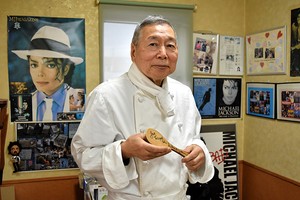

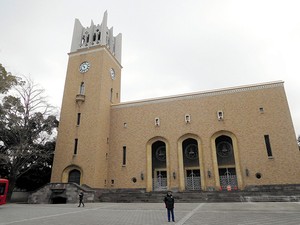







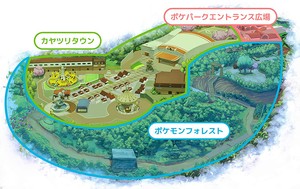


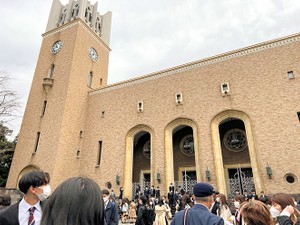




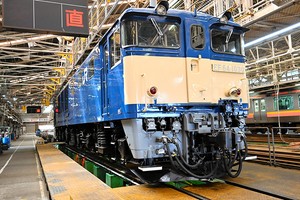
A peek through the music industry’s curtain at the producers who harnessed social media to help their idols go global.
A series based on diplomatic documents declassified by Japan’s Foreign Ministry
Here is a collection of first-hand accounts by “hibakusha” atomic bomb survivors.
Cooking experts, chefs and others involved in the field of food introduce their special recipes intertwined with their paths in life.
A series about Japanese-Americans and their memories of World War II